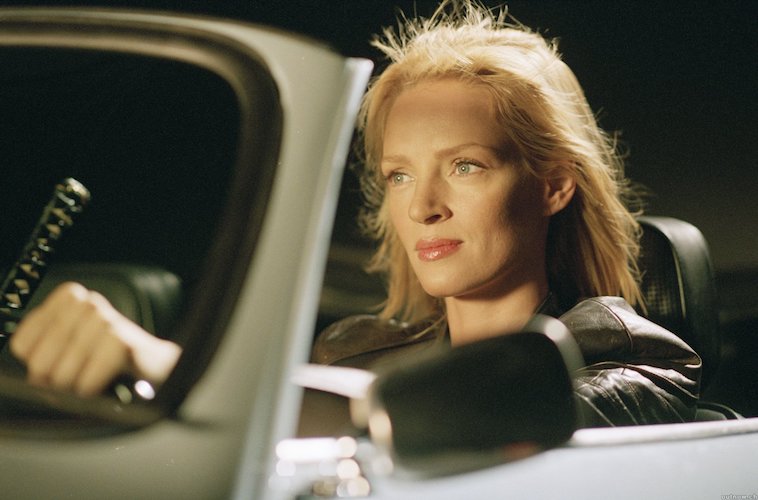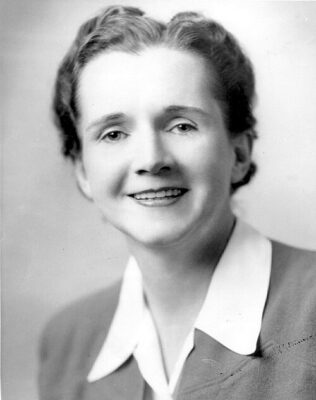
Quentin Tarantino’s Kill Bill: Vol. 2 is the superior half of a two-part revenge epic, and one of the best film of 2004. In Kill Bill: Vol. 1, released the year prior, a former assassin known as The Bride, played by Uma Thurman, was betrayed and left for dead, ostensibly on her wedding day, by her former employer, Bill, and his elite group of killers known as The Deadly Vipers. She survived against all odds, but her unborn daughter was lost, so she swore bloody vengeance against those involved. By the conclusion of Vol. 1, The Bride had eliminated two of the five responsible, not to mention a small army of henchmen.
Vol. 2 begins with a flash-forward. The Bride has finished off all but one on her “Kill List,” and she breaks the fourth wall to tell us that she’s on her way to kill Bill. From there, we’re thrown back in time to a Texas chapel where Bill, played by David Carradine, makes a surprise appearance shortly before The Bride marries a younger man. On the surface, the two former lovers appear to obtain some sort of amicable closure. But thanks to Tarantino’s drama-intensifying use of nonlinear storytelling, it’s an edge-of-your-seat reunion; we know from the first movie that with every passing moment The Bride and her entire wedding congregation are one step closer to becoming Viper-ized.
Still in flashback mode, we learn the fate of the other two remaining Deadly Vipers: Bill’s hick of a brother, Budd, played by Michael Madsen, and the depth-perception-challenged Elle Driver, played by Daryl Hannah. As The Bride fights her way to a final confrontation with Bill, there’s a scene guaranteed to freak out claustrophobes, a backstory on how The Bride became so deadly, and a no-holds-barred brawl within a cramped trailer that ends not with a bang but with a squish.
From a technical perspective, both volumes are a filmmaking primer. Different film stocks, changing aspect ratios, freeze frames, split screens, slow-motion, extreme close-ups – you name it, Tarantino probably used it. Homages to Hong Kong Action cinema, Film Noir and Spaghetti Westerns are seamlessly blended together. And with Kill Bill: Vol. 2, Tarantino reveals a hitherto unknown talent for directing children. But Vol. 2 is much more than a technical exercise. Unlike Vol. 1, Vol. 2 is more leisurely paced and less action-oriented, allowing for far more of the rich, idiosyncratic dialog Tarantino is known for. His characters are meticulously realized, nuanced, and likeable despite the fact they’re a bunch of killers. The mesmerizing performances by David Carradine and Michael Madsen verge on hypnotic. Daryl Hannah’s eccentric assassin with color-coordinated eye patches and obsessive note-taking deserves a movie all her own.
Uma Thurman’s performance as The Bride, however, overshadows them all. She inhabits her character so completely it’s hard to imagine anyone else in the role. Aside from the obvious physical demands, her tough but emotionally complex portrayal makes her love-hate relationship with Bill feel Shakespearean in its tragic and inevitable conclusion. But her biggest accomplishment was creating, along with Tarantino, an antihero the audience could sympathize with, even root for. And high body count notwithstanding, Kill Bill: Vol. 2 ends with a surprisingly sweet sentiment: A mother and a warrior are one and the same.
For KSQD’s Film Gang, this is Paul Kanieski.












